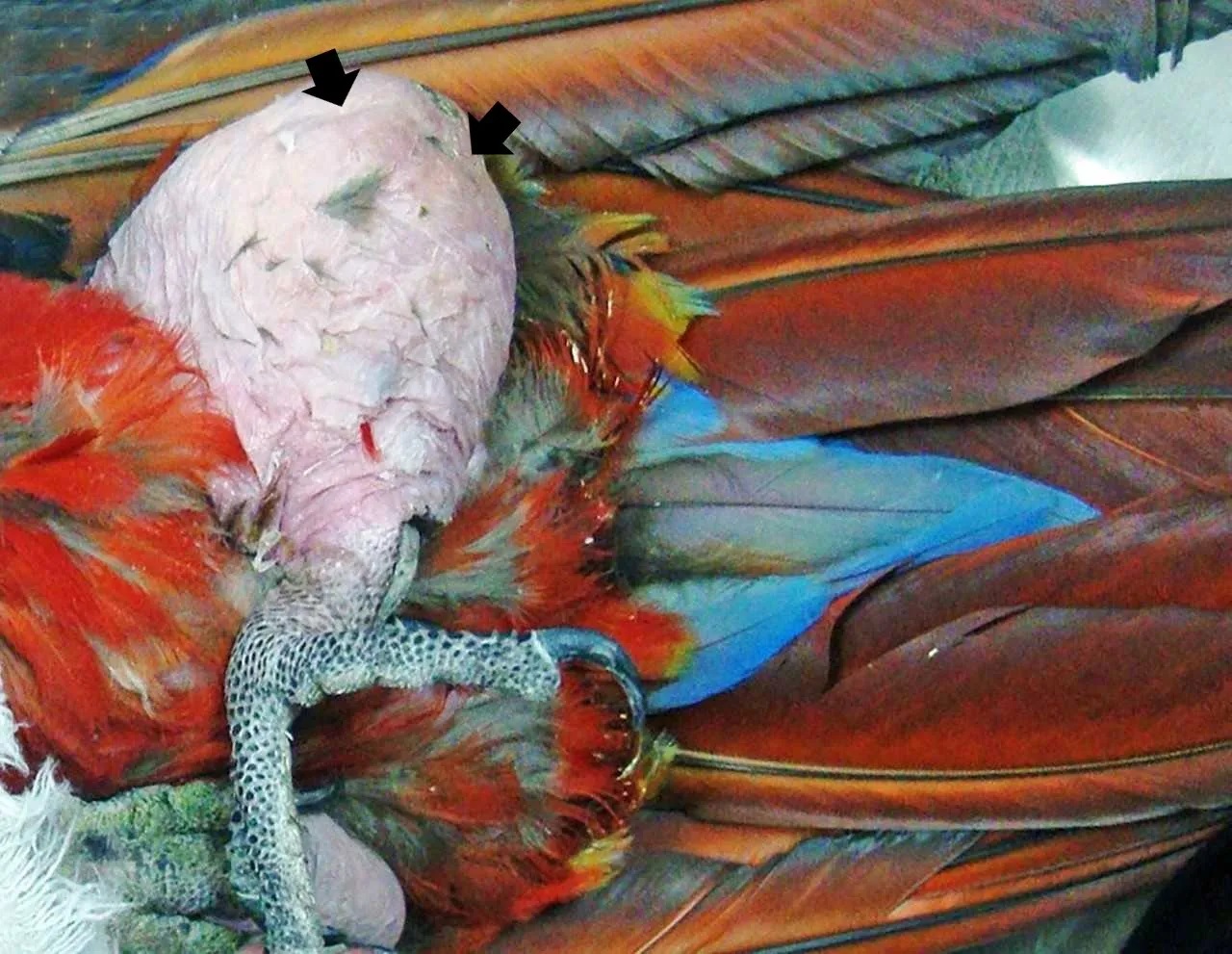A retrospective study of neoplasms in ornamental and pet birds diagnosed at the Hospital de Aves of the Universidad Nacional Autónoma de México (2007-2014)
DOI:
https://doi.org/10.24070/bjvp.1983-0246.v13i1p1-11Keywords:
avian, pet, neoplasm, pathology, MexicoAbstract
A retrospective study including a total of 44 ornamental and pet birds with neoplasms diagnosed at the Hospital de Aves, Facultad de Medicina Veterinaria y Zootecnia, Universidad Nacional Autónoma de México from January 2007 to April 2014 was conducted. Most of affected birds were Psittaciformes (n=26, 59%) including budgerigars (Melopsittacus undulatus) (n=12/26, 46.15%) and amazon parrots (Amazona spp.) (n=7/26, 26.92%), and followed by Passeriformes and Anseriformes (n=7/44, 15.90%, each) and Galliformes (n=4/44, 9.09%). The youngest studied bird was a 6.5-week-old lovebird (Agapornis sp.) with a papilloma, and the oldest bird was a 37-year-old yellow-naped parrot (Amazona auropalliata) with a hemangiosarcoma. Most of the affected birds were adults (n=23, 52.27%). The gender was determined for 17 birds (38.63%), of which eight (47.05%) were females and nine (52.94%) males. There were 45 reported neoplasms, as one salmon-crested cockatoo (Cacatua moluccensis) had two neoplasms. The two most frequent neoplasms were fibrosarcomas (n=9/45, 20%) and hemangiosarcomas (n=5/45, 11.11%). The largest number of neoplasms was found in the integumentary system (n=18/45, 40%), followed by the reproductive system (n=10/45, 22.22%). Of the 16 types of neoplasms, seven (43.75%) were malignant, six (37.5%) were benign, and three (18.75%) were potentially malignant. This study showed similarities with retrospective previously reported studies and contributes to the knowledge of the neoplastic diseases that occur in ornamental and pet birds in Mexico.


